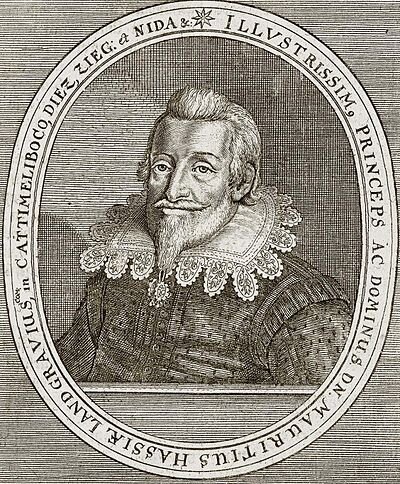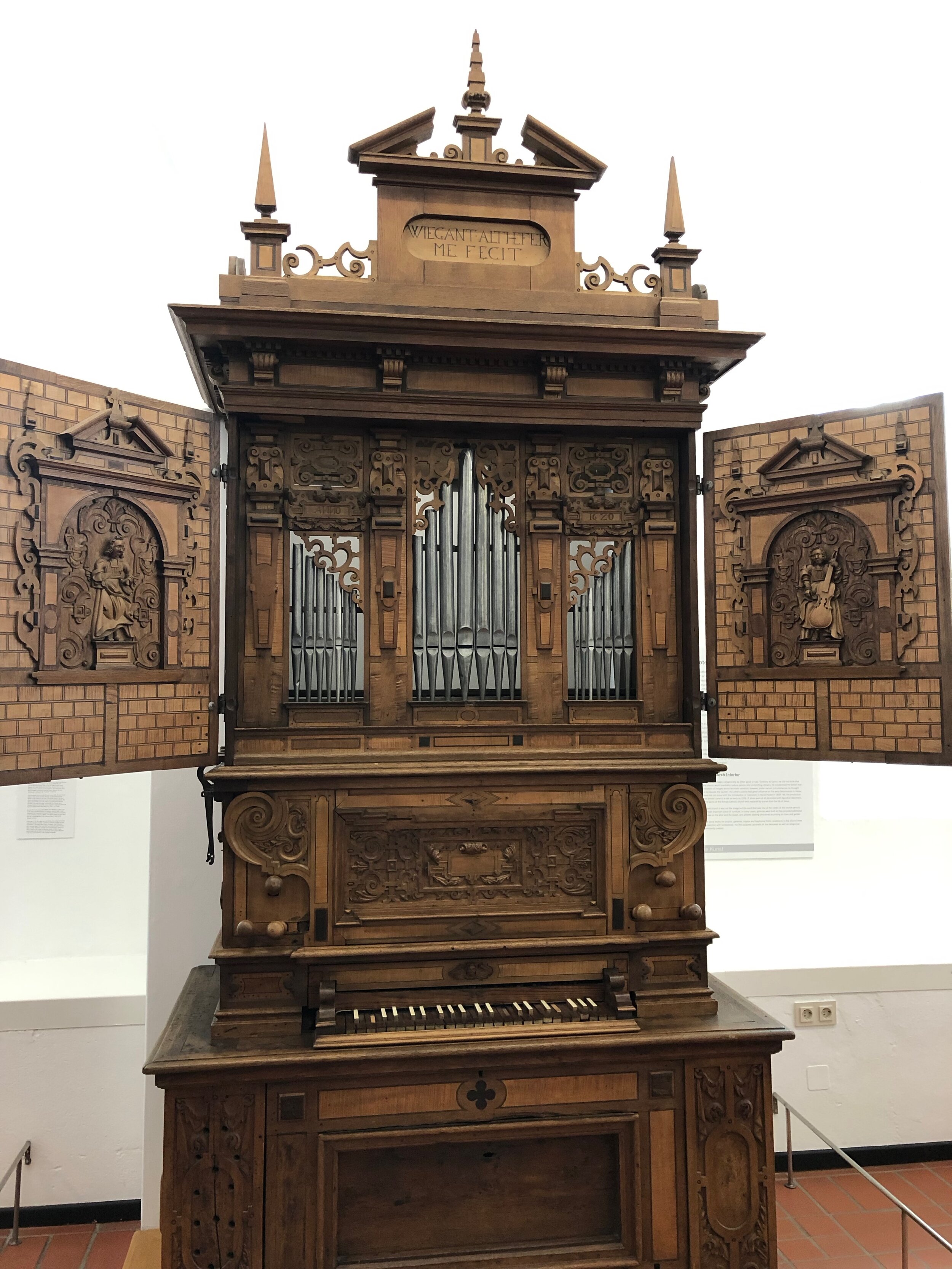Sure, Guerrero was a fantastic composer, but did you also know that he…
- was held for ransom by pirates
- spent time in debtors prison
- wrote a book about his adventures
- and died of the plague
Luzzasco Luzzaschi: Madrigali per cantare et sonare
That lightbulb moment when Early Music Sources explains something in 20 minutes that you struggled with for an entire semester in grad school…
Composers in Prison
When Bach tried to resign from his job in Weimar after being passed over for promotion, the duke became so angry that he threw Bach in prison for a month. Curious about other composers who spent time in jail?
Improvisation around 1600
Did last week’s video on singing diminutions catch your attention? Early Music Sources has another excellent video on improvisation in early music, including a reference for church organists on how to keep from confusing their singers.
Maffei's letter on how to learn singing diminutions without a teacher (1562)
“If your stomach is not too full, grab a mirror and go to a cave or a valley. Rest your tongue in the correct way and make sure not to move any unnecessary parts of your body, and start singing exercises.” Also, practice a lot, don’t be annoying, and don’t forget your colleagues. Thanks to Early Music Sources for another excellent video!
Missa Maria Magdalene
It’s Holy Week, which means beautiful music, beautiful liturgy, and exhausted singers. Only 5 more services stand between me and this gorgeous mass next Sunday!
What is a lautenwerck?
Bach’s Suite in E minor, BWV 996 is usually played on harpsichord, lute, or even piano, but it was written for something called a “lautenwerck”. Ever wondered what that actually was?
O primavera
That feeling when something you were waiting for falls just a little short of your hopes? Monteverdi understands.
O spring, the youth of the year,
beautiful mother of flowers, fresh herbs, and new loves,
you indeed return but without the sweet days of my hopes.
You are simply that with was charming and lovely,
but I am not now as I once was - so dear to the eyes of another.
(Translation by Hilary Anne Walker)
Moritz, Landgraf von Hesse-Kassel
This week’s Early Music Monday post comes from Kassel, Germany! Landgrave Moritz of Hesse-Kassel was patron to Heinrich Schütz and John Dowland (among others), built the first permanent theater in Germany, and liked to stir up religious controversy.
Early Organs in Marburg
This week’s Early Music Monday post comes from Marburg, Germany! This organ from the early 1600s is on display in the Museum für Kunst und Kulturgeschichte at the Landgrafenschloss (Museum for art and cultural history at the Landgrave’s Castle). Read more about this amazing instrument in the explanatory notes below!




